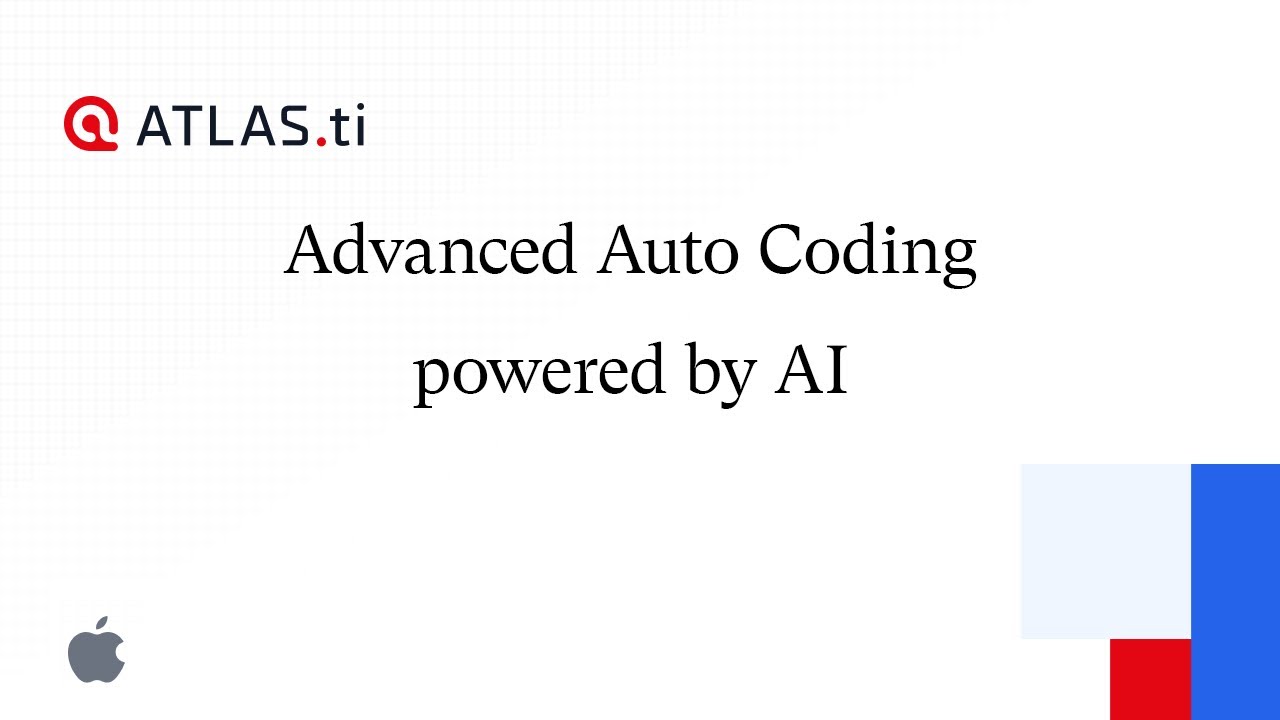
Research vs. Development: Where is the Moat in AI?
As I delve into the world of AI, I’m reminded of the mythological creature, the Chimera - a being with two distinct heads on one body. This duality is reminiscent of the Research and Development (R&D) departments in AI companies. Researchers, with their strong academic backgrounds, focus on publishing papers, applying for patents, and working on ideas that may take years to come to fruition. They deliver long-term value by asking tough questions and finding innovative answers.
On the other hand, developers are valued for their practical skills and problem-solving abilities. They work in rapid cycles, focused on producing clear and measurable results. While some critics argue that development teams simply package and repackage products, it’s the nuts and bolts of a product that drives adoption.
If R&D were a basketball team, the players would come from the development department. The research team would spend their time asking whether they can alter the rules of the game and whether basketball is even the best game for them to play.
 The future of coding is here
The future of coding is here
The shift in AI barriers and value drivers is evident. Even as large companies focus on hiring AI researchers, the rules of the game are changing. The core assets of these companies - enormous lumps of code that took decades to replicate - can now be built in a fraction of the time and cost, thanks to AI-powered auto coding.
 The future of AI-powered products
The future of AI-powered products
The key to success in AI has moved from groundbreaking research to building practical applications. While research paves the way for future advancements, development translates those ideas into value. The new AI moat lies in exceptional AI-powered products, not in groundbreaking research. Companies that excel in building user-friendly tools, infrastructure for smooth AI integration, and entirely new LLM-powered products will be the future winners.
 The future of AI is bright
The future of AI is bright
As the focus shifts from defining the game’s rules to mastering them, the race is on to develop the most impactful applications of AI. The winners will be those who can build practical, user-friendly products that drive adoption and deliver value.















